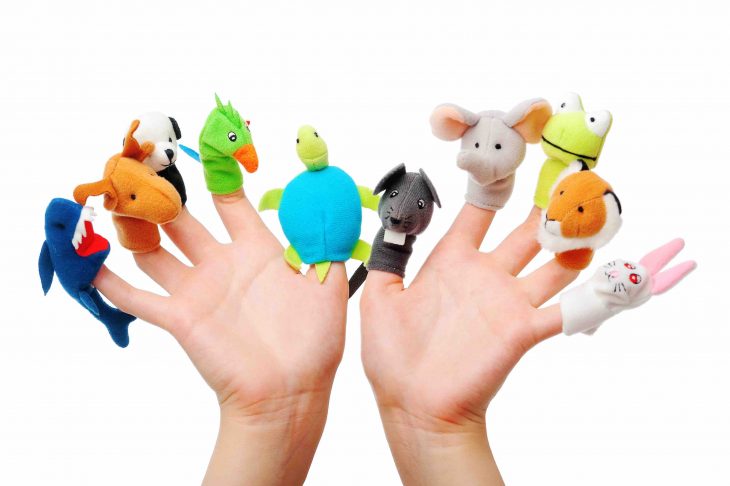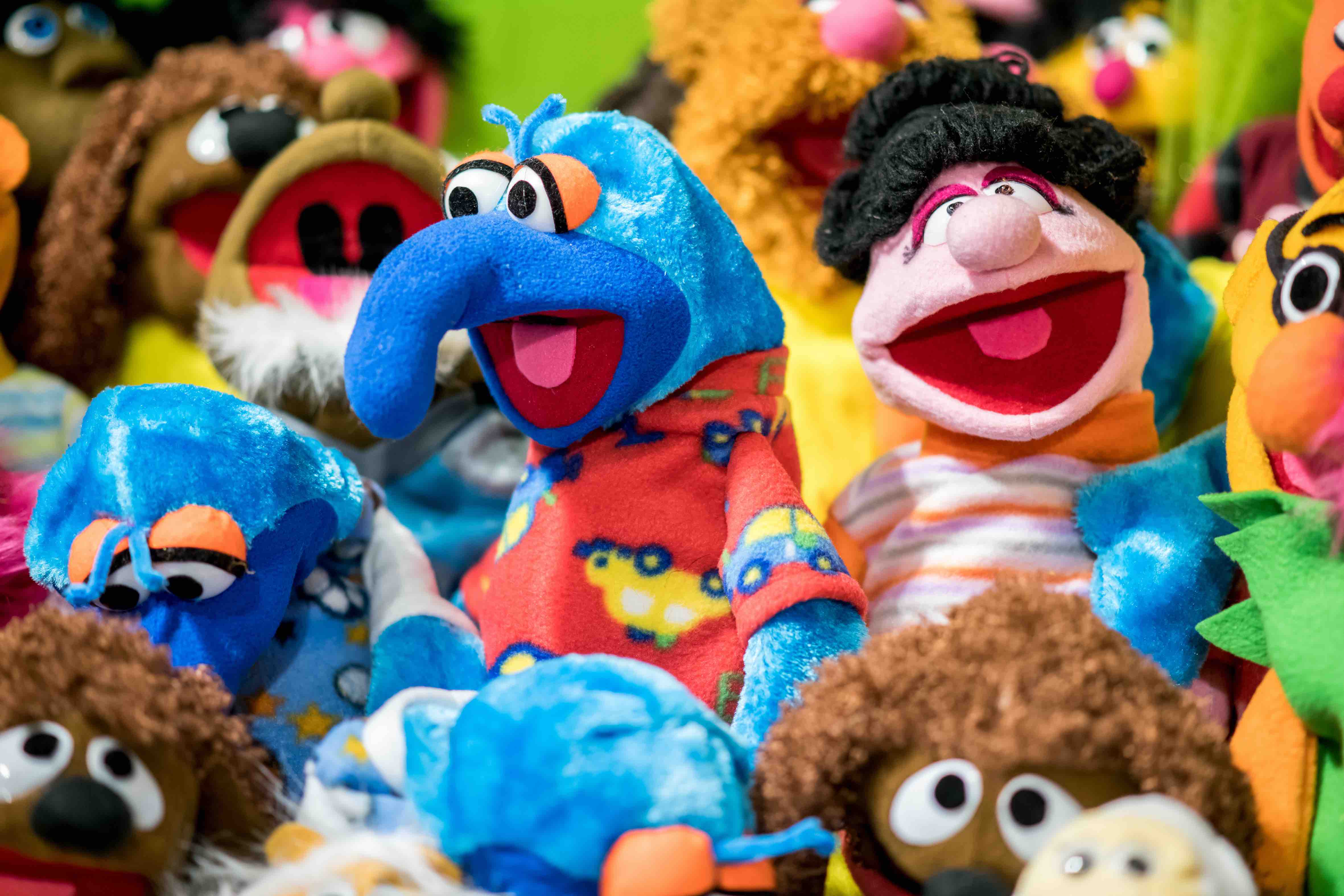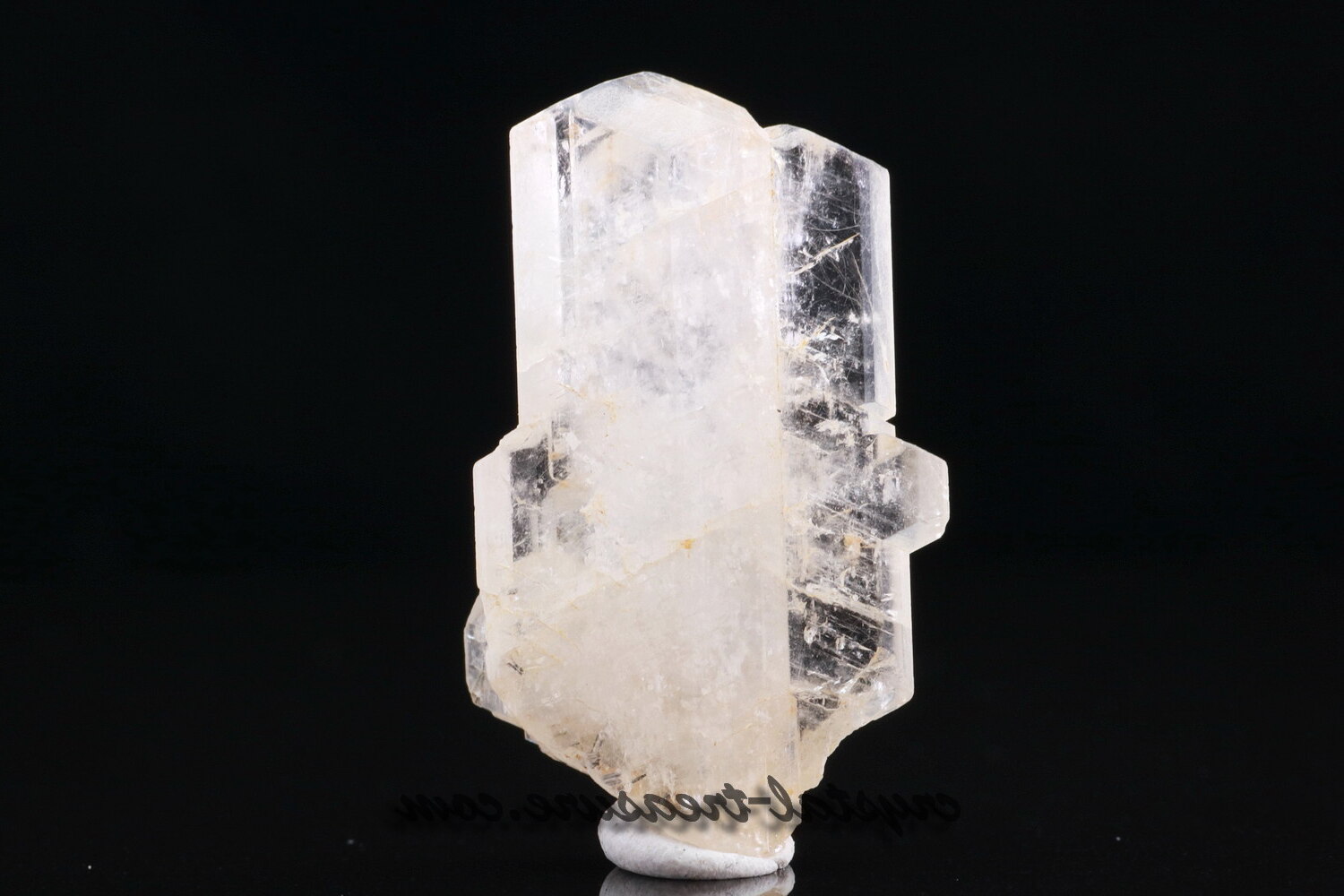
Puppets have been captivating audiences for centuries with their magical charm and ability to bring stories to life. These enchanting creations come in various forms, from hand puppets to marionettes, and are celebrated in different cultures around the world. In this article, we will explore 11 fascinating facts about puppets, delving into their history, cultural significance, and diverse artistry.
Ancient Origins
Puppets have a rich history that dates back thousands of years. The earliest evidence of puppets can be traced to ancient civilizations such as Egypt, Greece, and China. These early puppets were often made from materials like wood, clay, and cloth.
Puppetry Across Cultures
Puppetry is a universal art form found in various cultures worldwide. Each culture has its unique styles and techniques. For example, Bunraku in Japan features intricately designed puppets operated by puppeteers dressed in black, while Wayang Kulit in Indonesia showcases shadow puppets made from buffalo hide.
Hand Puppets
Hand puppets, also known as glove puppets, are one of the most popular forms of puppets. They are controlled by a puppeteer’s hand inserted into the puppet’s body, with the puppeteer’s fingers animating the puppet’s movements. Hand puppets are versatile and often used in puppet shows and children’s entertainment.
Marionettes

Marionettes are puppets controlled by strings or wires attached to various parts of their bodies. Puppeteers manipulate the strings from above, giving the marionettes a lifelike appearance. Marionettes have a long-standing tradition in European puppetry and are known for their intricate craftsmanship.
Shadow Puppets
Shadow puppets create captivating silhouettes and images through the interplay of light and shadow. This ancient form of puppetry is prevalent in Southeast Asian countries like China, India, and Indonesia. Shadow puppets are typically made of leather or parchment and are projected onto a screen, enchanting audiences with their graceful movements.
Punch and Judy
Punch and Judy is a traditional puppet show that originated in England in the 17th century. The show features a cast of colorful characters, including Punch, his wife Judy, and various comical figures. Punch and Judy’s shows are known for their humor, slapstick antics, and interaction with the audience.
Stringless Puppets
While most puppets are operated using strings or rods, there are also stringless puppets that rely on other mechanisms. Some puppets use mechanisms like levers, gears, or even air pressure to create movement. These innovative designs allow puppeteers to achieve unique and unexpected actions.
Therapeutic Puppetry
Puppetry is not limited to entertainment; it is also used as a therapeutic tool. Puppetry can help individuals express themselves, develop social skills, and explore emotions. Therapeutic puppetry is often used in settings such as hospitals, schools, and counseling sessions to facilitate communication and personal growth.
Famous Puppet Characters

Puppets have given rise to several iconic characters in popular culture. Kermit the Frog from “The Muppets,” Pinocchio from the classic children’s tale, and Punch from Punch and Judy are just a few examples. These beloved puppet characters have become cultural symbols and continue to capture the hearts of audiences.
Puppetry Festivals
Puppetry festivals bring together puppeteers from around the world to showcase their talent and creativity. These festivals celebrate the art of puppetry through performances, workshops, and exhibitions. The International Puppetry Festival in Charleville-Mézières, France, and the World Puppet Theatre Festival in Prague, Czech Republic, are renowned events that attract puppetry enthusiasts globally.
Puppetry in Modern Entertainment
Puppetry continues to thrive in modern entertainment. Puppets are featured in television shows, movies, and theater productions, captivating audiences of all ages. The combination of skilled puppeteers, intricate designs, and storytelling creates unforgettable experiences for viewers.
Final Word
Puppets have captivated audiences for generations, transcending cultural boundaries and enchanting both young and old. From their ancient origins to their presence in modern entertainment, the world of puppets is filled with creativity, imagination, and endless possibilities.
Frequently Asked Questions (FAQ)
How are puppets controlled?
Puppets can be controlled using various methods such as strings, rods, levers, or the puppeteer’s hand.
Are there different types of puppetry?
Yes, puppetry varies across cultures and includes forms such as hand puppets, marionettes, shadow puppets, and more.
Can anyone learn puppetry?
Yes, puppetry is a craft that can be learned and practiced by anyone interested in the art form.
Are puppets used in education?
Yes, puppets are frequently used in educational settings to engage students, enhance storytelling, and facilitate learning.
How can I start puppetry as a hobby?
To start with puppetry as a hobby, you can begin by experimenting with hand puppets or creating simple puppets from materials like socks or paper bags.
Was this page helpful?
Our commitment to delivering trustworthy and engaging content is at the heart of what we do. Each fact on our site is contributed by real users like you, bringing a wealth of diverse insights and information. To ensure the highest standards of accuracy and reliability, our dedicated editors meticulously review each submission. This process guarantees that the facts we share are not only fascinating but also credible. Trust in our commitment to quality and authenticity as you explore and learn with us.


